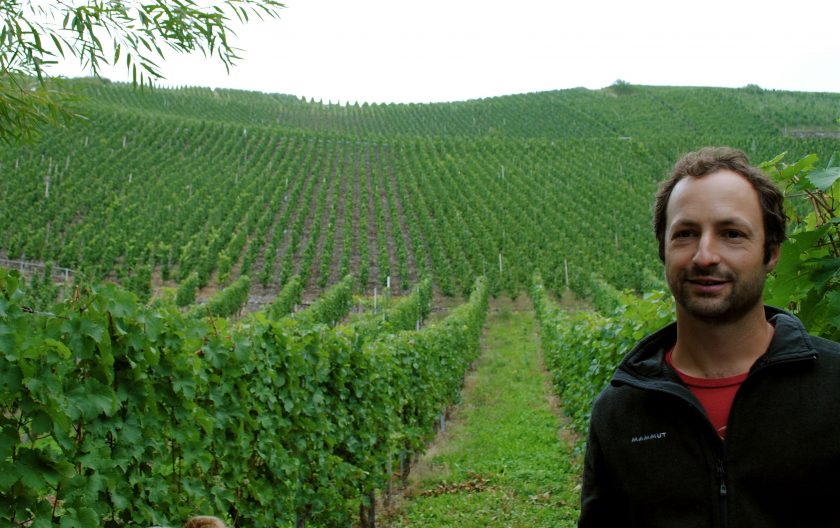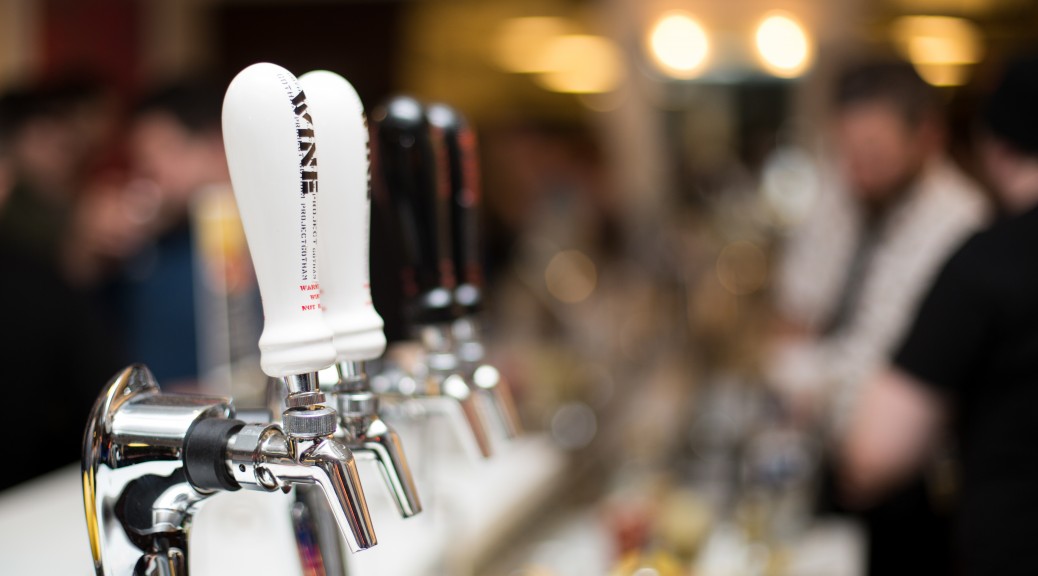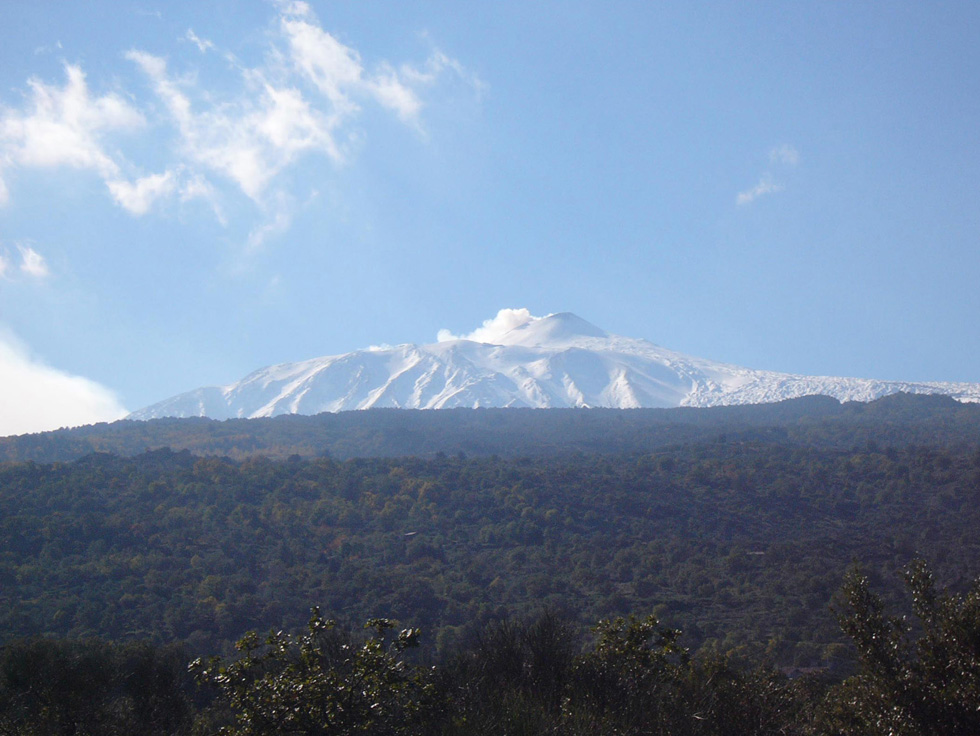Andreas Adam is one of the top producers in the Middle Mosel. He’s almost single-handedly responsible for bringing the Dhroner Hofberg back to its former status as one of the great Grand Crus of the Mosel. The Dhronerthal (Dhron Valley) is a small tributary of the Mosel, running south, just after Piesport. The steep, southwest facing Hofberg was given the top rating in Clotten’s 1868 Vineyard maps. In the 1970s and 1980s, some growers in the village abandoned winemaking for work in larger cities, including Andreas’ parents. Adam re-started his family estate while still studying at Geisenheim University and
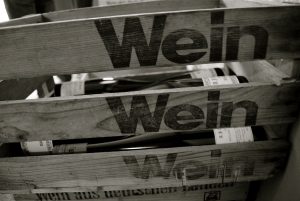 interning at some of the great estates in Germany – Heymann-Löwenstein in the Winingen, St. Urbans-Hof in Leiwen, and Van Volxem in the Saar. His first official vintage was in 2000 when he was just 22 years old, working a single hectare that was owned and farmed by his grandfather. Some of the Hofberg vineyards had been abandoned for the flatter, easier to work vineyards in the flat Piesporter Michelsberg; the steep Hofberg is very challenging to work and ‘less desirable’ than areas which can be farmed by tractor. As a result, Andreas was able to expand his familial holdings of 1 hectare to 5 in the ensuing decade. It’s been 16 years since his first vintage and Weingut A.J. Adam has been solidified as one of the elite estates in the region. Andreas points out that “this is not a one man show”: his sister Barbara started to work alongside him in the cellar and the vineyards in 2013 and has become responsible for many details at the estate.
interning at some of the great estates in Germany – Heymann-Löwenstein in the Winingen, St. Urbans-Hof in Leiwen, and Van Volxem in the Saar. His first official vintage was in 2000 when he was just 22 years old, working a single hectare that was owned and farmed by his grandfather. Some of the Hofberg vineyards had been abandoned for the flatter, easier to work vineyards in the flat Piesporter Michelsberg; the steep Hofberg is very challenging to work and ‘less desirable’ than areas which can be farmed by tractor. As a result, Andreas was able to expand his familial holdings of 1 hectare to 5 in the ensuing decade. It’s been 16 years since his first vintage and Weingut A.J. Adam has been solidified as one of the elite estates in the region. Andreas points out that “this is not a one man show”: his sister Barbara started to work alongside him in the cellar and the vineyards in 2013 and has become responsible for many details at the estate.
Today Andreas & family farm over 30 separate parcels on the Hofberg and Goldtröpfchen in Piesport, including several excellent single sites that he bottles alone. The wines are fermented using only ambient yeasts in old fuder (around 1000 liters) and halbfuder (around 500 liters) and stainless steel. The wines are often left in contact with the lees for an extended period of time after natural fermentation. This generally gives the wines a bit more substance and texture, but nothing is done by rote at the estate. In 2014, for example, Andreas racked the wines off of the lees quite soon after fermentation as he “didn’t trust the lees.” There was some negative botrytis in some parcels and Andreas didn’t want those bitter flavors in his wines; he feels that affected fruit can sometimes carry bitterness into lees and thus into the finished wines.
The 2014 wines at A.J. Adam in Dhron was one of the best collections of the vintage, a feeling cemented by subsequent tastings of the whole range here in the States. Visiting at the estate in March of last year, it was immediately apparent that these wines were a departure from the leesy and intense wines that Andreas Adam had been producing. Adam’s 2014s are transparent, classic Mosel Rieslings with balanced ripeness, deliciously crisp acid, and pure ripe fruit.
Andreas explained that even though the ripening period was warm and there was some rain, he was able to make very strict selections. He harvested healthy fruit and picked earlier than many of his neighbors. “In the end, we were very happy with this vintage.” Four of his vineyards were not even collected, a testament to the dedication to quality at this estate. The 2014s are delicate wines, and yet very expressive; satisfying, charming, and pleasure to drink.
Too often in Germany extremely high must weights have been equated to “greatness” – a residual effect of a time when achieving super-high oechsle levels only happened two or three times a decade. Thr lighter, classic vintages age beautifully and are simply more fun to drink young than ripe, monumental wines. 2014 resembles a vintage from the 1980s or 1990s, rather than one from the current decade. These are crunchy, acid driven wines, with lovely, multifaceted fruit and
saltiness, showing the depth and balance that only the best Mosel wines can.
A.J. Adam Riesling Trocken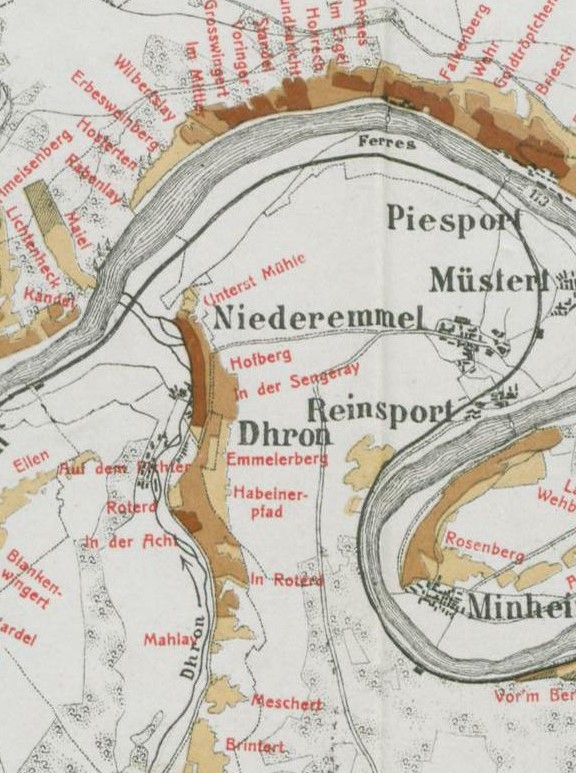
This Estate Trocken (Gutsriesling) is entirely from Dhron. Like a good Bourgogne Blanc it’s sourced from several top vineyards to make a wine that speaks to the vintage, region and style of the producer. The fruit harvested was very clean and at about 79 oechsle, similar to his Hofberg Kabinett. Fermented with spontaneous yeast in stainless steel and a bit of old fuder, the fermentation stopped at 7 grams of RS, “where it finds it’s balance”.
A.J. Adam Dhroner Riesling
One of two village level wines, the Dhroner Riesling was produced half in fuder and half in steel with spontaneous yeast, using several 30+ year old parcels on the Hofberg. This is essentially the baby version of the superb Hofberg Trocken GG, echoing in a quieter tone the savory flavors of the GG with an appealing and clear smokiness. Lapsang, smoked apple and forest floor, with a finely etched mineral saltiness. It’s a bit lighter than the GG, without the concentration and length, but with the wonderful detail and elegance.
A.J. Adam Piesporter Riesling
The second village wine, sourced entirely from the south facing hillside of the Piesporter Goldtropfchen, closer to Dhron. Adam has several parcels here that he farms in this area including a micro parcel called Laychen, named for the small and broken weathered grey slate in this area. The Piesport bottling is done 100% in stainless steel, and is more feminine and delicate than the Dhroner Riesling. Orange blossom, damson plum and red pear on the palate. The finish has a wonderful powdered rock flavor that can be compared to the mineral element in vin clair from Champagne, but with much more fruit.
A.J. Adam Hofberg Riesling (GG) Trocken
2014 Hofberg comes from the oldest parcels in the best parts of the Hofberg. These sites are full south exposed and average over 60 years old. Grapes were selected in the vineyard and then again at the winery before pressing. Must went into 100% old (10-30 year old) fuder and fermentation was spontaneous. This was one of our favorite dry wines from the Mosel, with an amazingly exotic nose and wonderful tension between the mineral, fruit and acid elements. The fruit elements (crisp, cold Winesap apple and spiced nectarine) intertwine with a slat-y, almost graphite minerality. All of the pieces are in place and the wine hums with intensity and energy.
A.J. Adam Goldtropfchen Riesling (GG) Trocken
This wine is always produced from Adam’s oldest parcels which are in the Piesporter Goldtropfchen, planted just after World War II and are ungrafted. Here you’ll find red, grey and blue slate in very broken and fragmented pieces. These vineyards haven’t been re-terraced “since ancient times” and the work in the vineyard is incredibly taxing. It’s less exotic and overtly fruity than the Hofberg at the moment, showing more savory and mineral elements. “Amazing steely slate-y density here, more shimmer and glare than Hofberg; indeed it’s mineral madness in this glass; fennel, salt, caraway, playing on an ultra-violet frequency but without being pointed—rather broad and strong.”
A.J. Adam Im Pfarrgarten Riesling Feinherb
Vines here are quite old, plated in the 1960s. The vineyard name is a much older ecclesiastical name which translates to “Garden of the Rectory”. It’s not a steep site and has a slightly rounder more unctuous fruit character, though the soil has a high slate content from being at the base of the Hofberg. “A fascinating new wine from Andreas. it’s all steel, has the fragrance of mutsu apples and sweet straw, and the palate is sensational! Mineral, lime and balsam, perfect gentle dryness and loaded with charm.”
A.J. Adam 2014 Riesling Feinherb In der Sängerei
This site is closer to the village of Dhron, and is a small indentation in the top of the Hofberg hill; To the left you can see the 1868 Clotten Vineyard classification map where the darker the color the higher the classification. “In der Sengeray” is the Grand Cru parcel right in the center of the hillside. It gets quite warm here in summer and Andreas posits that the name comes from the old German word “feuersangen” which meant “to burn”. This was fermented entirely in used fuder and stopped on its own with spontaneous yeasts. Perfectly in balance and cooler toned, this has the perfect amount of RS – “this is one of the great Mosels of 2014; it’s the first appearance of botrytis but agreeably; actually a rapturous aroma of moonglow pear and guava; if the ’12 was stately and sublime, this is almost viciously energetic and brashly concentrated and spicy; it doesn’t neglect a single cell on your palate, and finishes with a tarragon sting and a swirling dust of slate.”
2014 A.J. Adam Dhron Hofberger Riesling Kabinett
Picked at a mere 79 oechsle (19.2 Brix), this the archetype of the old Kabinett style. Tightrope walking Riesling; versatile, crunchy and elegant. “Light and spicy, old-school Kab and quite linear, really salty, high-pitched and trebly and exotically malic. There’s even an agreeable tartness—and super length.”
2014 A.J. Adam Dhron Hofberger Riesling Spätlese
65 year old vines, and produced from only ripe grapes, picked at 89 degrees ochsle. For some context, this is the level that many people pick Kabinett at, even in modest vintages! “The slate is crunchy, the sweetness is slinky; the whole gestalt harkens back to vintages of the 1990s. What a smart, noble set of choices brought this wine about!”




